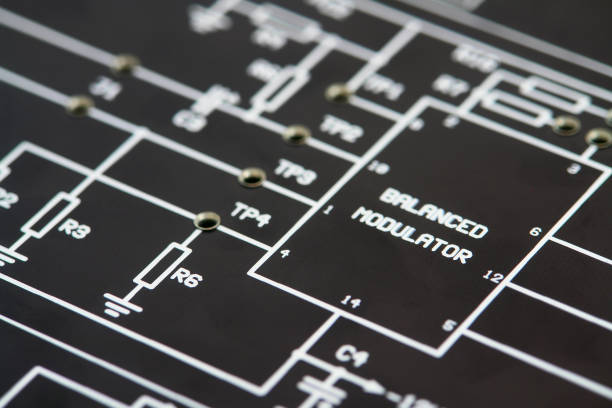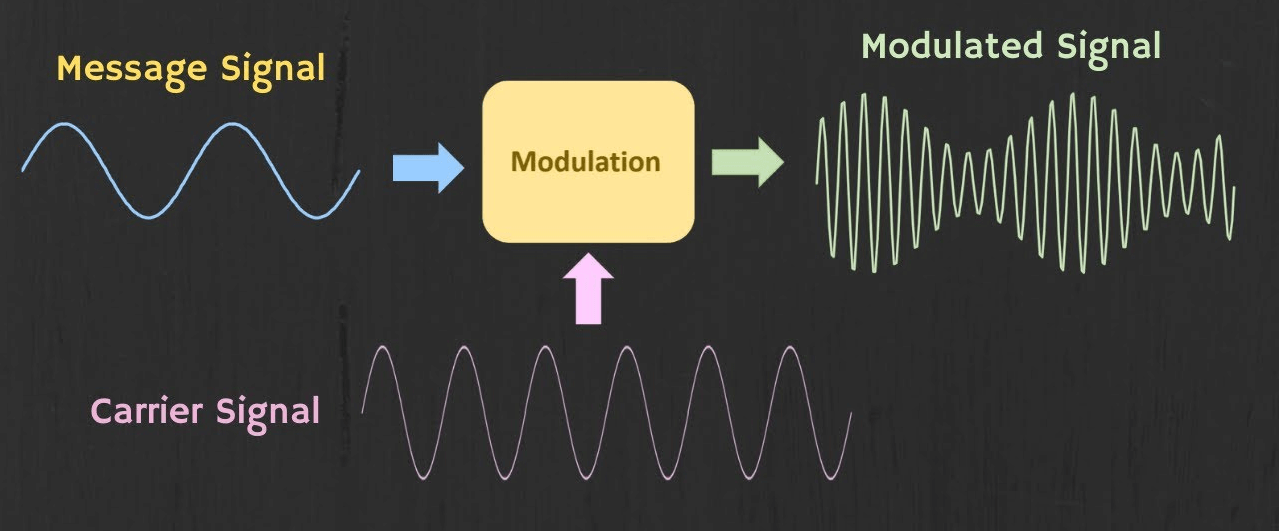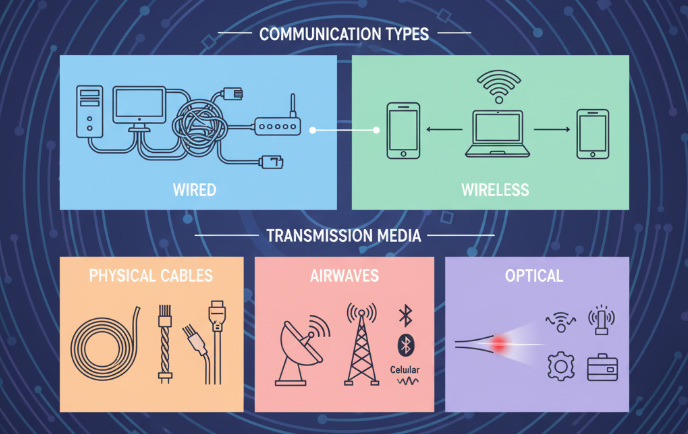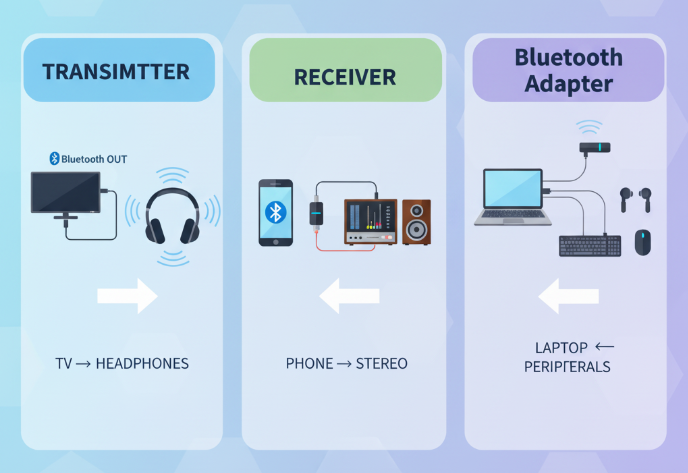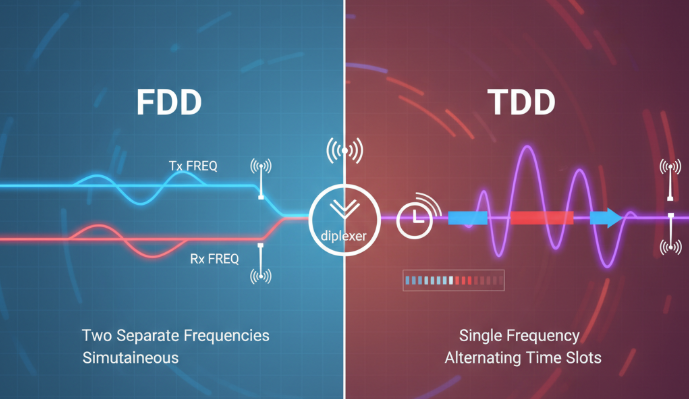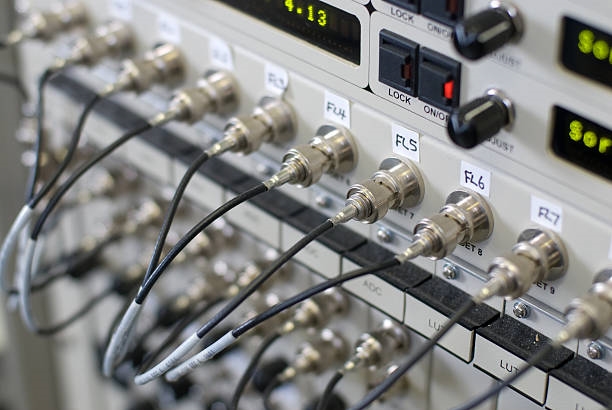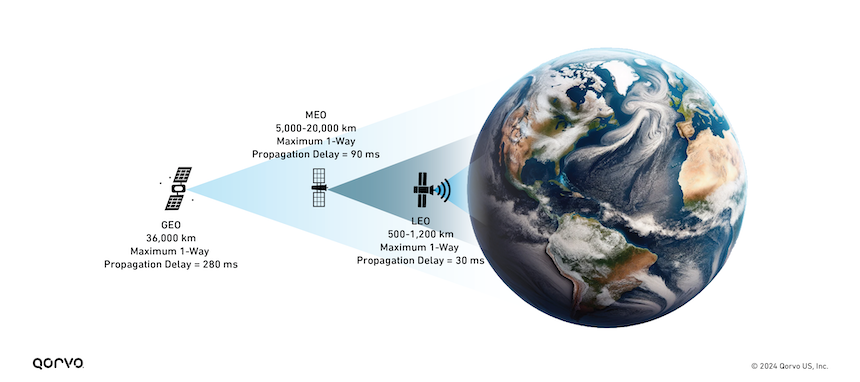1. Basic principle
FM signals have a constant amplitude. Using the same demodulation method as for AM yields only DC because the amplitude does not change, so the signal waveform component cannot be recovered.
2. FM-to-AM conversion principle
Typically, FM demodulation first converts FM into AM and then performs AM demodulation. Circuits that perform this conversion are called frequency discriminators.
A parallel resonant circuit can convert frequency variations into amplitude variations.
The figure shows the characteristic curve of a parallel resonant circuit. The horizontal axis is frequency and the vertical axis is voltage. The linear portion of this curve is used to convert FM into AM. That is, an FM signal applied to the primary resonant circuit produces an AM output at the secondary. The closer the FM frequency is to the resonant frequency f0, the larger the output; the further it is from f0, the smaller the output.
3. Foster-Seeley discriminator
An example of a Foster-Seeley discriminator is shown in the figure.
The primary L1 and C1 and the secondary L2 and C2 form the resonant circuit. When the FM frequency f equals f0, by symmetry the secondary outputs E1 and E2 are equal in magnitude and opposite in phase, so the output E0 is zero. When f is above or below f0, the secondary becomes inductive or capacitive, and the magnitude and polarity of E0 change.
4. Characteristics of the Foster-Seeley discriminator
Because it uses the linear portion of the resonance curve, it requires a relatively large input amplitude. In addition, noise appears as amplitude variations and therefore a limiter must be used before demodulation to fix the FM amplitude. With a limiter in place, distortion-free demodulation can be achieved.
5. Ratio detector
The circuit in the figure is called a ratio detector; it is a slight modification of the Foster-Seeley discriminator. Except that the diode D2 is reversed and the output method differs, the principle is nearly the same.
The primary L1 and C1 and the secondaries L2 and C2 form the resonant circuit. The phase of the voltage produced by L2 and that produced by L3 change about the center frequency f0; the circuit uses the property that phase varies with input frequency around f0. C5 together with R1 + R2 have a large time constant, so even if noise or the input amplitude change, the voltage between points a and b cannot follow rapidly, providing a limiting effect.
Compared with the Foster-Seeley discriminator, the ratio detector has lower sensitivity but can omit the limiter stage. Therefore it is commonly used in FM radio and TV audio demodulation.
 ALLPCB
ALLPCB


